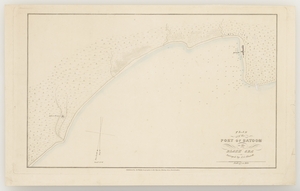
Adam Gifford Glascott's survey of the port
of Batoom in the Black Sea (1840)
image from State
Library
of New South Wales
 |
|
Adam Gifford Glascott's survey of the port
of Batoom in the Black Sea (1840)
image from State
Library
of New South Wales
|
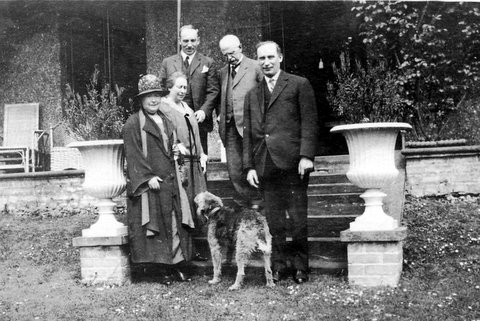 |
|
Arthury Moberley Glascott (right) at
Alderton House
image from Scoil Mhuire, Horeswood
|
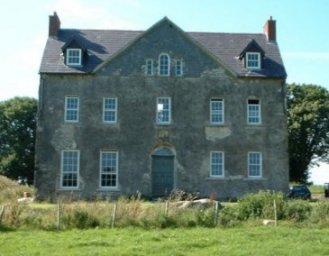 |
|
Fruit Hill House in Ballinamóna, county
Wexford
image from Scoil Mhuire, Horeswood
|
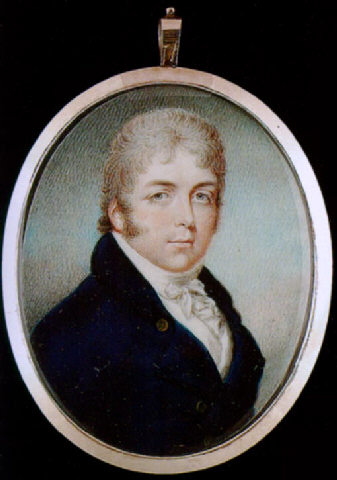 |
|
George Glascott of Fruit Hill, wearing
blue coat, white waistcoat, stock and cravat. Miniature painted by
Roger Jean in 1800.
image from Artnet
|
 |
|
Memorial plaque to John Glascott, died
1810, of Alderton, on the wall of Whitechurch church, county
Wexford
image from Scoil Mhuire, Horeswood
|
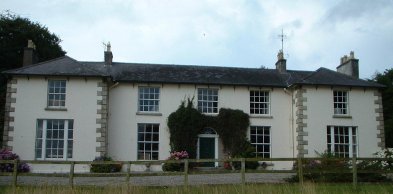 |
|
Killowen House in Whitechurch parish,
county Wexford
image from Scoil Mhuire, Horeswood
|
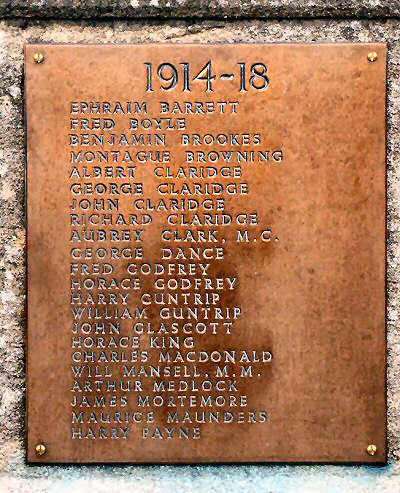 |
|
John Glascott's name appears on the War
Memorial in Brill, Buckinghamshire
image from Buckinghamshire
Remembers
|
 |
|
Philip Jocelyn Glascott (center) and his
wife (second left) at Alderton House
image from Scoil Mhuire, Horeswood
|
 |
|
Alderton House
image from Scoil Mhuire, Horeswood
|
 |
|
William Glascott (2nd from right) and
Fanny Isabella (left) at Alderton House
image from Scoil Mhuire, Horeswood
|